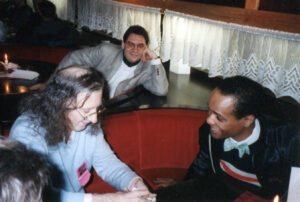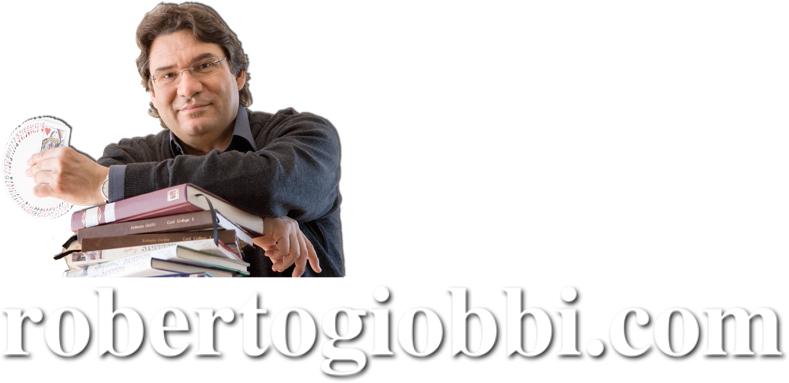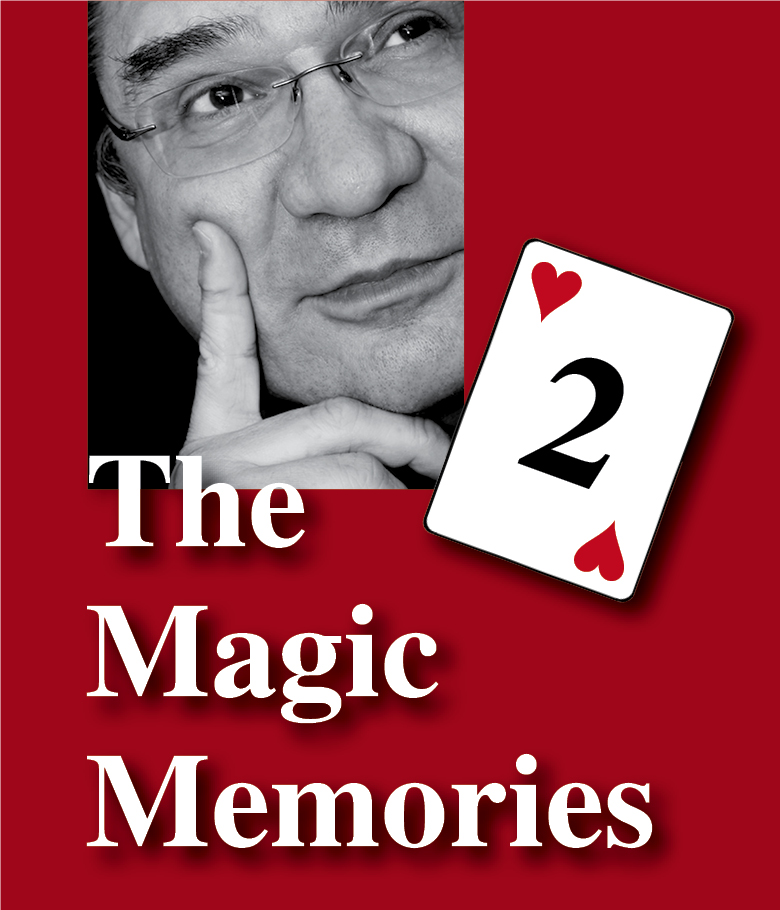
Hello everyone!
Today’s topics are: Where to Get Hidden Agenda; Actus Interruptus Double Undercut; Handling Variation of McMillen’s “Injog Shuffle Control”
These are The Magic Memories 184, gone online Sunday, July 7th, 2024, at 0:07h sharp.
All The Magic Memories from 2021, 2022, and 2023, including the Magic Advent Calendar from 2020, can be found HERE.
Today I offer to look at two techniques, a False Cut/Transfer Cut and a Control, hoping that it might be useful to some of you, or at least make you find your own solutions to the questions.
But before we get into this, here is a brief piece of information that should please some.
Where to Get Hidden Agenda
Last week I gave you an update on my upcoming Unexpected Agenda, and this week I confirm that we have started making the photos and some of the graphics that will go to illustrate the book. Furthermore, the first month has been layouted…
I also mentioned that although Secret Agenda is still available thanks to the publishers Hermetic Press and Penguin Magic, Hidden Agenda, by another publisher, probably will never see reprint again… no comment (but you can get the e-book HERE).
However, Maxwell Pritchard, who has undertaken the gargantuan task of translating and annotating Volkmann’s monumental history of magic (available from The Conjuring Arts Research Center), and who also edited my Sharing Secrets and promised to help with Unexpected Agenda, tells me that he was able to obtain a new hardcopy of Hidden Agenda from UK’s Merchant of Magic.
I admit I had never heard of this dealer, whose webshop looks very professional, and lo and behold, upon checking their site, it says that Hidden Agenda is still available at a very reasonable price.
I remember that as a youngster I ordered most of my magic books from another UK dealer, Magic Books by Post, which does no longer seem to exist, at least not under that name. Doing so was a major enterprise, as I had to go to the post office here in Switzerland, fill out a complicated form to transfer money, which I then did. Then I had to wait what felt like an eternity, but finally received those wonderful books, full of miraculous instructions to that infinite universe of magic, mostly card magic.
Nowadays all that has changed: with a few clicks you can get almost everything, from almost everywhere, almost immediately. Having experienced both of these worlds, I can definitively say that I would not want to miss the emotions I experienced at that time, priceless.
Anyway, if you are interested, to order a hardcopy of Hidden Agenda from Merchant of Magic CLICK HERE.
Actus Interruptus Double Undercut
I minor problem of card magic that is being debated to this day, is how to transfer cards from bottom to top with a Double or Triple Undercut. (If I write “minor” I do not mean that it is unimportant, but it is less important than other things…)
What seems to bother some experts is the fact that this usually requires two different types of cuts, a Swing Cut, followed by a Double Undercut.
As a working professional, but also as someone who does care for subtlety, I can tell you that this problem is purely academic, in my opinion.
No-one, nowhere, has ever been bothered by combining two different types of cuts, except some purist card experts.
The secret is simply to make a pause between the two cuts, to wit: You are holding the deck in Dealing Position with the left little finger holding a break above the bottom card(s) you want to transfer to the top.
Swing cut about two thirds from top to bottom, slapping the right hand’s packet on top, all the while retaining the break, which is first transferred from the little finger to the thumb, and then back to the little finger (try the idea with the “slap” as it looks quite convincing). Do this by saying, e.g., “And of course the deck must be cut.”
Pause.
Continue, “Well, today is Sunday (or the day it is…), so we give it three cuts… one… two… three.” As you are saying this, execute the “”The Double Cut” to the table as explained in Card College Volume 1 (p. 95), of which Michael Close says, each time we meet, that this is one of the best things in the Card College books 🙂
You might agree that, done in this way, the sequence is perfectly deceptive and does what it needs to do.
BUT, for the two or three among you who do not agree 🙂 … here is a solution that should satisfy even a hardcore purist.
To transfer cut one or several cards from bottom to top, hold the deck in Dealing Position and get a little-finger break above the card(s) to be transferred.
Start Actus Interruptus False Cut, by swing cutting about the top half into your left hand, and moving the right hand with its packet forward (with the right thumb still holding the break), with the intention of putting it on the table. But then you see some “dust” on the table, or want to move an object (card case, etc.).
So, interrupt the cut, by replacing the packet in your right hand on top of the packet in your left hand. In this action the broken cards from the bottom of the right packet are added to the top of the left packet, but the left little finger takes over the break held above the broken cards. The left hand has the deck again in Dealing Position, with the left little finger holding a break in its approximate center.
The right hand, after “cleaning” the table, comes back, cuts all the cards above the break to the table, and then drops the remaining packet on top; this looks alike an ordinary Straight Cut.
(From my notebook, 10th AUG, 2017)
I have another six solutions to the “problem”, which, as I said, is not really a problem 🙂

Handling Variation of McMillen’s “Injog Shuffle Control”
The original idea can be found in Michael Landes’ book Jack McMillen; see my take on it in Confidences (p. 90).
Here is a little different way of handling the situation.
Hand the deck to a spectator and ask her to shuffle and cut it.
Look at her stating, “You’ve shuffled and cut the deck, so nobody can know the position of any card, correct?”
As you are saying this simply stretch out your hand to retrieve the deck, which you then hold face down in Dealing Position. I call this procedure of getting the deck back from the spectator without paying attention to the deck the “Gesture of the Jedi” (mentioned in Mike Perovich’s The Vernon Companion, p. 6).
As you turn your head away, take the top card with the other hand and show it to everyone from left to right, “Please remember the card that the hazard of your shuffle has brought to the top of the deck.”
After having done so, insert it about a third from the top into the deck, weaving it into the deck’s right side (see “November 5 – The Lateral Insertion” in Hidden Agenda). From here on you may control it any way you know. Instead of inserting the card into the deck, simply put it back on top, and then do an Injog Shuffle followed by a multiple cut to the table.
This is very good, especially for stand-up situations in a parlor or on a small stage.

The Magic Memories 185 Pauses
Next week-end The Magic Memories 185 will go on hiatus, as I am attending what is possibly the tiniest magic convention of the planet, the Hintertuxer Zaubertage.
As a tit for tat I will tell you about it in The Magic Memories 186 🙂
Wish you all a successful and happy week,
Roberto Giobbi

